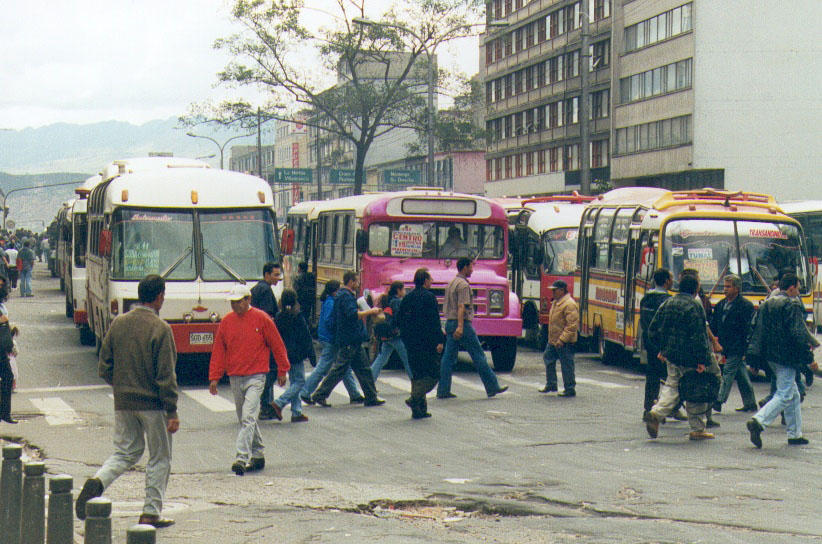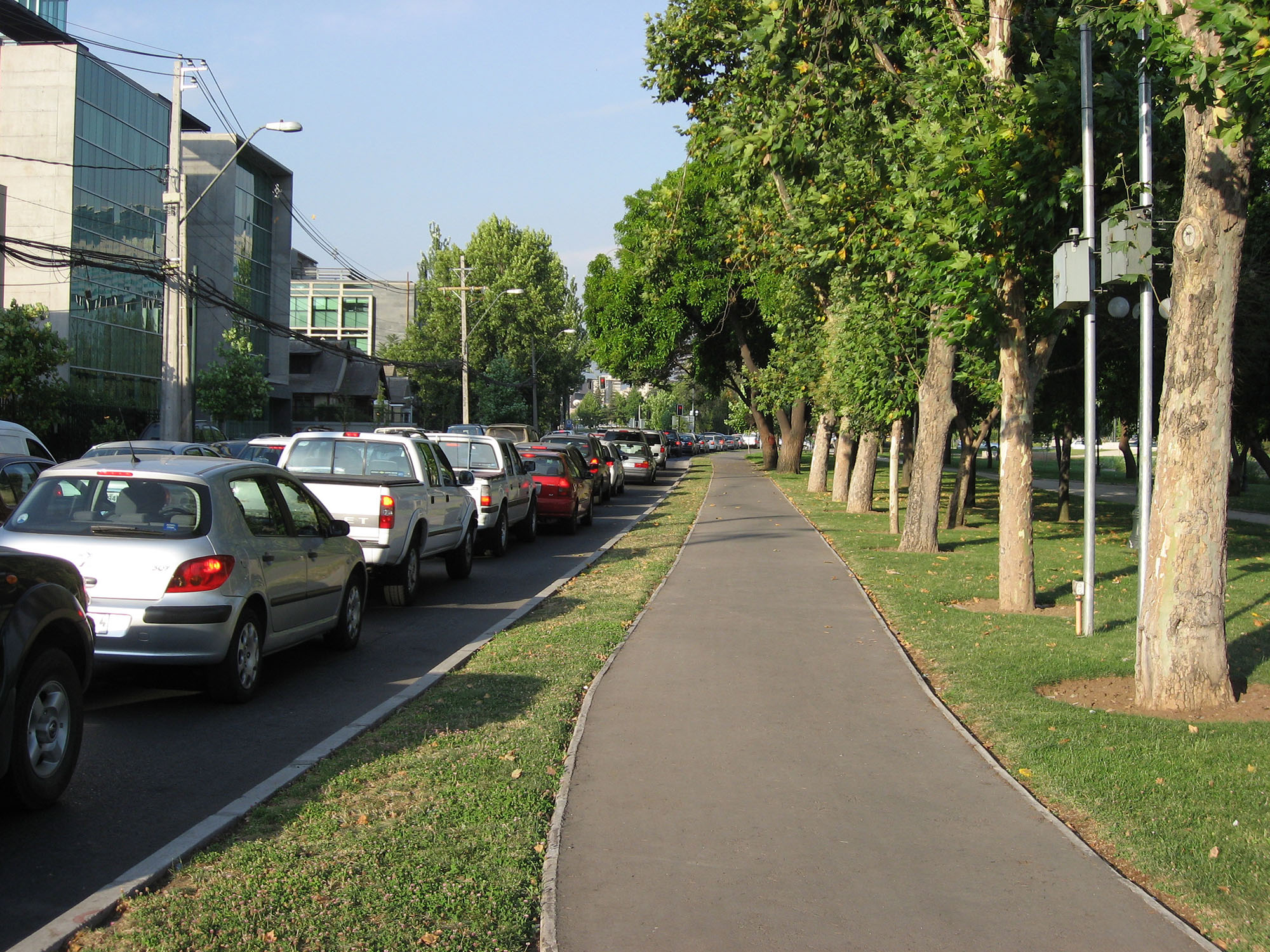9.4Engaging Stakeholders
The most basic of all human needs is the need to understand and be understood. The best way to understand people is to listen to them.Ralph G. Nichols, author
With a clear picture of who the stakeholders are, what their influence is, and what they need, the next step is determining how best to engage them. Generally speaking, they should be given an opportunity to voice their points of view. Stakeholder groups are already likely to be talking about the project so it is best to offer a more official managed venue.
Ideas for engagement include inviting participants to blog about the BRT on your website, participate in a public forum or roundtable discussion, or be interviewed for a video that you will release publicly. If the issue is more confrontational or sensitive, invite a representative for a sit-down meeting with a member of your team. If social media is an option, be sure to show your appreciation for the stakeholder’s involvement by including them in your tweets and posts.
Box 9.2 Four Reasons to Engage Stakeholders Early and Often:
- By inviting stakeholder groups to participate in conversations relevant to you, you are forging positive relationships that will benefit the system in the future;
- Engaging stakeholders, especially those who may be in opposition to the BRT project, shows open-mindedness and transparency in a controlled way. Giving stakeholders a podium shows that the BRT operators are not timid about exposing audiences to other points of view;
- Offering an opportunity to stakeholders to share their points of view under the BRT system’s brand umbrella helps promote the system to their networks, or people who would often be more skeptical of an appeal coming directly from BRT officials;
- Communications is a social ecosystem. More content from more providers means more opportunities to promote the benefits of BRT.
9.4.1Communicating with Internal and External Stakeholders
Having done your due diligence around learning about individual groups of stakeholders’ needs and concerns, the team is better positioned to think about how to communicate with both internal and external stakeholders, and to make use of these resources to communicate with them.
Internal stakeholders include employees of the public transport agency, board members, and other government agencies such as police, urban development groups, traffic agencies, public works, city council members, district politicians, and the mayor. For internal stakeholders, it is essential that there be a consistent message, especially when communicating with external stakeholders and target groups. Everyone needs to be saying the same thing, within reason, and the government must be perceived as a united front. Showing a clear understanding of the challenges and benefits of the project will help build political support from important external stakeholders, which will help with implementation.
Prior to any public communications launch, internal stakeholders must be brought together, and once a public communications plan is in place, internal stakeholders still need to be routinely engaged, or they may feel disenfranchised and pull out of supporting the project. It is not enough to consult these groups once; rather, it is important to give them space in the process to participate on a continuous basis, either through regular meetings, electronic communication, or other preferred method.
Box 9.3 Internal Stakeholder Example: Public Transport Owners

The most difficult negotiations for developing a BRT system will likely be with existing transit operators. Change is never easy and, regardless of the benefits, many will resist even if they are brought on board early and well.
In many countries, however, the sector is unused to official involvement, oversight, or taxation, and operators often distrust public agencies. In cities such as Belo Horizonte, Brazil, São Paulo, Brazil, and Quito, Ecuador proposed formalization of the transport sector sparked violence and civil unrest. In Quito, existing operators blocked the functioning of the new Trolé system, until the military restored public order.
It is essential that BRT be positioned as a positive business opportunity and not a threat. BRT can improve profits and working conditions for existing operators and drivers. The city government should carefully plan an outreach strategy that will build an open, trust-based relationship with existing operators. At least one planning staff member should liaise with existing operators on an on-going basis. Often, a former transit operator or someone with high personal credibility among operators may be ideal for this post.
Inclusion and outreach efforts to involve operators are essential. Visits to cities with existing BRT systems can be very helpful (see the Rea Vaya case study). Many operators’ fears can be successfully dispelled with a first-hand view of a working system. Private operators are most likely to be convinced by their peers in cities that have already converted from conventional services to BRT. Discussions among different private operators are very effective in building an atmosphere of support and trust.
Internal communications within the project team and steering committee also require careful management. Generally speaking, the project team should be completely familiar with all critical information and require frequent updates to ensure that when project team members speak, they provide a consistent vision and an accurate description of the project. Up-to-date, coherent information for team members ensures they are prepared and prevents costly mistakes. If communications are infrequent, steering committee members may feel left out, and obtaining project approvals can become unnecessarily difficult.
External stakeholders are the people outside the government and transportation planning organization who have a vested interest in the BRT project. They include: public transport users, businesses along the corridor, existing operators, advocacy groups, employers, unions, and car drivers along the corridor.
Box 9.4 External Stakeholder Example: Private Car Owners

An external stakeholders group that nearly every public transit project has to consider is private car owners. In developing cities, although this is often a small minority of the overall population, they tend to have disproportionate influence. For any transit system to be successful, these stakeholders need to be managed well.
On the outset, the idea of giving priority road space to public transport may seem counter to private vehicle users’ interests, and their first reactions to your plan may be hostile. However, there are many benefits of BRT to these stakeholders, and if they are properly communicated with, then you are much more likely to make them an ally of your project. Separating public transport vehicles from other traffic will, in fact, improve conditions for private vehicles. Since buses stop more frequently and may represent the majority of vehicles on the road in some countries, the separation of these vehicles from mixed traffic improves traffic flow and dedicated lanes allow drivers to bypass buses completely, reducing traffic congestion overall.
The specific impact on mixed traffic will depend on local circumstances. Getting accurate information to the motoring public can prepare motorists with reasonable expectations about the new system. If the system has been designed well, it is likely that there will be many positive impacts for drivers. If the new system does create negative impacts for motorists, then project proponents should be ready for criticism from this group, and they should create messages that both acknowledge the issues and respond to concerns as well as justify the project on equity or environmental grounds (Figure 9.6).
For some critical stakeholder groups, such as existing public transport operators, the project team may designate a representative to specifically handle those communications on a full-time basis. This builds mutual knowledge, a common language, and trust. This sector-specific spokesperson should remain in close contact with the political leader to ensure credibility and consistency all around.
See Chapter 10: Public Participation, for more strategies on engaging and managing stakeholders.